April 22, 2024
7:00 p.m.
World Premiere
Bob Gabbitas, Guest Conductor
I. Daybreak (yellow to orange)
II. Dust Devil (orange to red)
III. Mountains and Shadows (red to purple)
Consortium Premiere
He sees no stars who does not see them first
of living silver made that sudden burst
to flame like flowers beneath an ancient song,
whose very echo after-music long
has since pursued. There is no firmament,
only a void, unless a jewelled tent
myth-woven and elf-patterned; and no earth,
unless the mother’s womb whence all have birth.
-J. R. R. Tolkien, “Mythopoeia” (excerpt)
Tolkien wrote the poem “Mythopoeia” sometime in the fall of 1931 in response to C. S. Lewis who claimed that myths were just lies and therefore worthless. Tolkien obviously felt Lewis was deeply incorrect, and the process of myth-making and myth-telling was rather a means of unveiling hidden truths about our world. He published The Hobbit just a few years later, in 1937, with The Lord of the Rings on its heels, from 1937-1949.
In The Silmarillion, a sort of mythology of Middle Earth from The Lord of the Rings, Tolkienrecounted the story of the Music of the Ainur, which essentially tells how the Ainur (the “Holy Ones”) sang the universe into existence—it is an intense story involving harmony, counterpoint, discord, and eventually, catastrophe and its antithesis: eucatastrophe. A key theme throughout the accounting is the relationship between light and music. With the Flame Imperishable the Ainurwere able to create song from nothing, and this same Flame was also present in a way in humanity.
Humanity, for Tolkien in his mythos, were sub-creators. Like the Ilúvatar, who first created thing from nothing, humans were in a way able to imitate that creativity through the presence of the Flame within them. In humanity, the Flame Imperishable was refracted, splintered into countless hues, “endlessly combined in living shapes that move from mind to mind.” Even the dwarves, who once were mindless automata under the puppeteering of Aulë, were eventually endowed with the Flame Imperishable and thus given sentience and free will.
Perhaps this confesses my ignorance or my naïveté, but I have always found both light and sound magical. We can talk about them as waves, particles, frequencies, beams, or resonances. But at their core, they’re something that still defies graphs and diagrams and touches something deeper, something emotional within me. I can feel daybreak in my soul. I can ache at the sound of an echo. Shining metal in the sun can make me flinch. A groove can make me grin. Light and sound seem to be both mirrors and echoes of each other, unseen but making the world visible, unheard but making the world audible.
We manipulate light and sound as creators. We talk about the light within that guides us through moral consequences. We talk about finding our voice and using it to move others in compassionate ways. The stage director lights the hall, we enter it, and then we vibrate wood, metal, and plastic with our breath and force to connect with you. Our teachers light the way for us and we follow them, eventually using the light they gave us to light the way for others. Our world is a place of luminance: light and shadow, sound and silence, forever entwined in an unending counterpoint.
For Tolkien, who had lived first-hand through the unspeakable horrors of the Great War, this luminance was the fiercest kind of optimism, the greatest hope for humanity.
Such isles they saw afar, and ones more fair,
and those that hear them yet may yet beware.
they have seen Death and ultimate defeat,
and yet they would not in despair retreat,
but oft to victory have turned the lyre
and kindled hearts with legendary fire,
illuminating Now and dark Hath-been
with light of suns as yet by no man seen.
Folk Dances
The Soviet-era composer Dmitri Shostakovich composed over 140 compositions with many
of them written under the pressures of government-imposed standards of Soviet art.
He composed Dance of Youth in 1943 as the third movement of My Beloved Country, Op.
63. It was first arranged for Russian bands by Mark Vakhutinskii in 1970 and edited
for American bands by H. Robert Reynolds in 1979. The melodies used in Folk Dances
are like folk tunes, but they are original from Shostakovich's pen. Although not sourced
from Russian folk tunes, the programmatic nature of Folk Dances allows for spirited
dancing to be envisioned.
- Program Note by Don Miller
American Riversongs
Pierre La Plante is an American composer of French-Canadian descent. He grew up in
Wisconsin and received his Bachelor and Master of Music degrees from the University
of Wisconsin at Madison.
Commissioned and dedicated to the 1988-89 Oberlin, Ohio High School Band, (Stephen
Johnson III, director), this work is meant to be a tribute to an earlier time, when
American rivers and other waterways were the lifelines of our growing nation. Featuring
Down The River, The Glendy Burk, and a version of a Creole bamboula tune.
- Program Note by the composer
Children's Folksong Suite
Children's Folksong Suite for concert band is based on five Hungarian folk melodies
with a simple, child-like character that have been culled from sources published between
1813 and 1896. The five melodies are also found in a collection of Hungarian and Slovakian
folk songs in Bela Bartok’s piano collection entitled For Children. As with Bartok's
Mikrokosmos and his Forty-four Violin Duets, For Children is an expression of Bartok's
interest in composing accessible works for young musicians that introduces them to
contemporary harmonic resources rarely encountered at the beginning level.
Similarly, the five folk melodies set in Children's Folksong Suite have been completely
re-harmonized and, in some instances, expanded. Although not bound by common-practice
theoretical expectations, Children's Folksong Suite preserves each piece's unique,
child-like character.
- Program Note by the publisher
Amazing Grace
I believe that music has the power to take us to a place that words alone cannot.
And so my own feelings about Amazing Grace reside in this setting itself. The harmony,
texture, orchestration, and form are inseparable, intertwined so as to be perceived
as a single expressive entity.
The spiritual, Amazing Grace, was written by John Newton (1725-1807), a slave ship
captain who, after years of transporting slaves across the Atlantic Ocean to the New
World, suddenly saw through divine grace the evilness of his acts. First published
in 1835 by William Walker in The Southern Harmony, Amazing Grace has since grown to
become one of the most beloved of all American spirituals.
Amazing Grace was commissioned by John Whitwell in loving memory of his father, John
Harvey Whitwell. It was first performed on February 10, 1994, by the Michigan State
University Wind Symphony, John Whitwell conductor.
- Program Note by the composer
Heart on Fire
“Walking to Oak-Head Pond, and Thinking of the Ponds I Will Visit in the Next Days
and Weeks”
- Mary Oliver
What is so utterly invisible
as tomorrow?
Not love,
not the wind,
not the inside of a stone.
Not anything.
And yet, how often I’m fooled–
I’m wading along
in the sunlight–
and I’m sure I can see the fields and the ponds shining
days ahead–
I can see the light spilling
like a shower of meteors
into next week’s trees,
and I plan to be there soon–
and, so far, I am
just that lucky,
my legs splashing
over the edge of darkness,
my heart on fire.
I don’t know where
such certainty comes from–
the brave flesh
or the theater of the mind–
but if I had to guess
I would say that only
what the soul is supposed to be
could send us forth
with such cheer
as even the leaf must wear
as it unfurls
its fragrant body, and shines
against the hard possibility of stoppage–
which, day after day,
before such brisk, corpuscular belief,
shudders, and gives way.
Oboe Concerto no. 2
Dr. Susan Eischeid, oboe professor at the University of Valdosta (Georgia, USA), got
to know the first oboe concerto and made contact with Hidas. She had—despite his tonal
language—surprisingly found out that he was still alive. She consequently commissioned
him to compose the Second Oboe Concerto. Hidas wrote the original version in 1998,
which was first performed one year later with Susan Eischeid as the soloist with the
chamber orchestra at Valdosta conducted by Laszlo Marosi conducting. Dr. Eischeid
used this opportunity to host a Hungarian festival with a special concert series on
campus.
Originally for oboe and string orchestra, Hidas wrote a version with wind ensembles
for Stormworks Europe in 2000, which had its premiere on the CD Five Concertos with
the oboe player Pauline Oostenrijk and the Delphi Ensemble under Lute Hoekstra.
- Program Note by the publisher
Passio Lunae
“Passio Lunae” is a celebration of the incredible world we live in. The name translates
to “The Passion of the Moon” and is a tone poem from the perspective of our nearest
celestial body, the Moon. In this selection, the Moon witnesses the creation of the
Earth and the emergence of life. After a brief chorale signifying the eternity of
the universe, we witness the slow evolution of the planet. Textures slowly grow and
morph into the next, culminating in the coming forth of the world we know today.
- Program Note by the composer
Stone Colors
Stone Colors: Three Desert Images for Wind Symphony was composed in 2022 and was commissioned by a consortium of over one hundred academic institutions and individuals in memory of conductor and educator Eric Rombach-Kendall, the director of bands at the University of New Mexico for twenty-nine years. Eric was a great collaborator and friend who commissioned several of my most-frequently-performed works for wind ensemble. Eric and I shared a love of the natural world, so I chose to compose a piece in his memory that reflected that interest as well as the state where Eric spent most of his professional life.
Deserts are places that inspire contemplation of both the infinite and the intimate. In composing the piece, I attempted to find music analogies to the physical landscape of the desert as well as our psychological reactions to being in that landscape. The first movement, Daybreak, was inspired by my experience of a sunrise in Badlands National Park in South Dakota. Dust Devil, movement two, depicts the activity of small cyclones that animate an otherwise still landscape. Mountains and Shadows suggests the presence of massive monoliths such as those in Monument Valley, Arizona, as well as the silent introspection in people who observe the overwhelming sight. The color palette for the three movements proceeds from yellow to orange to red to purple, reflecting not only the colors of desert stone but also the times of day from morning to noon to nightfall.
- Program Note by the composer
Our performance of “Stone Colors” is lovingly dedicated to Eric.
Shepherd's Hey
The wind band world lost two great conductors, past-CBDNA presidents, and incredible teachers in as many years: Eric Rombach-Kendall (2022) and Glen Adsit (2024). Their unexpected departures left gaping holes in my soul full of their light. I know the same is true for countless family, friends, and students of theirs. “Shepherd’s Hey” was a favorite concert closer of Glen’s and our performance of it is lovingly dedicated to him.
- Program Note by Chris Ramos
Don Miller
Conductor
|
Flute Clarinet Alto Saxophone Horn Trumpet
|
Trombone
Euphonium Tuba Bass Percussion
|
Dr. Christopher Ramos
Conductor
|
Flute Emily Gabbitas* clarinet Robert Gabbitas* bass clarinet Hannah Brown
Oboe Emily Adams* Bassoon Andrew Apgood* saxophone trumpet Brandon Ard |
Horn Rachel Colton Trombone euphonium Charles Bartlett
Michael Lenderman TUBA PERCUSSION STRING BASS piano/Celesta HARP
|
|
|
* denotes section principal |
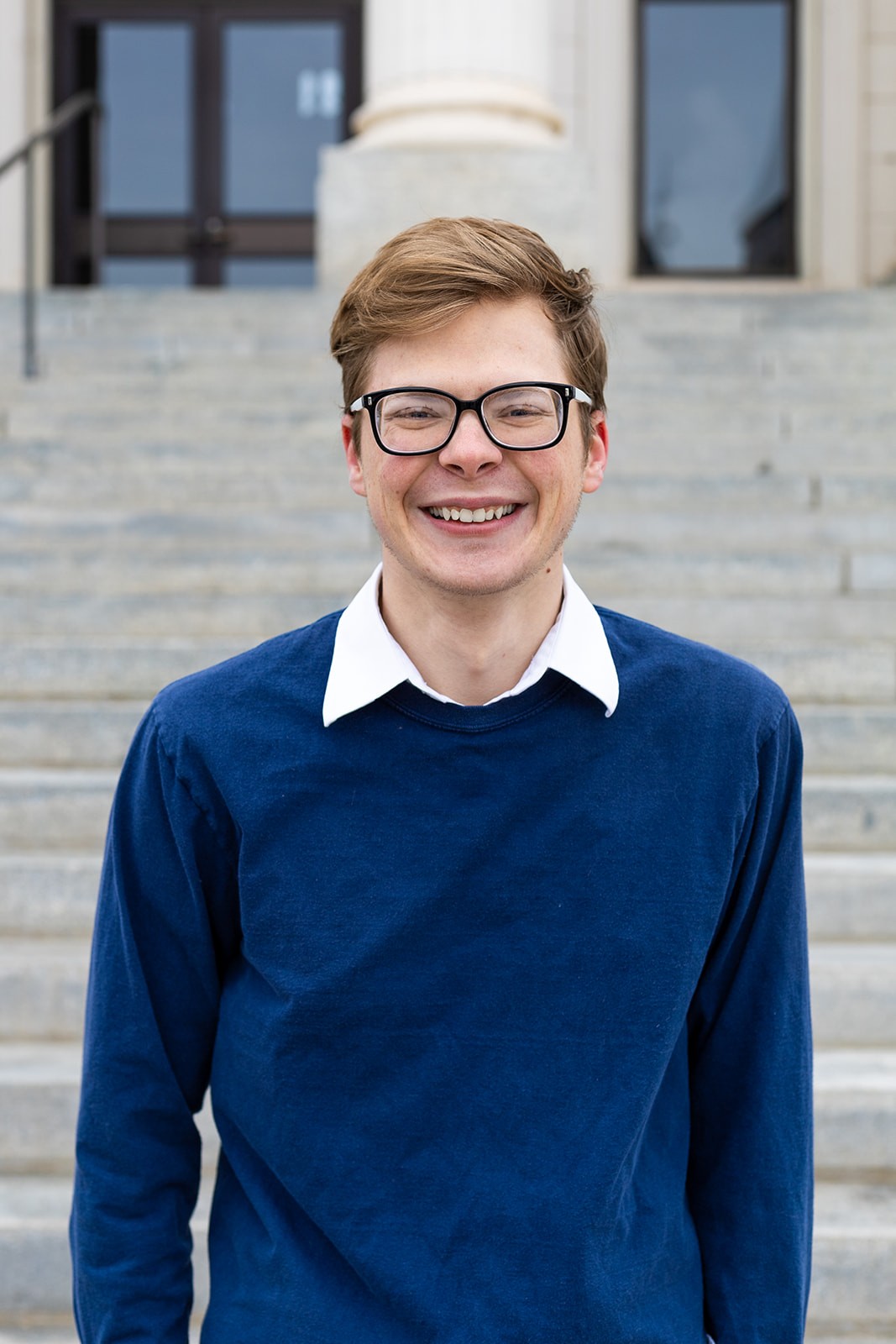
Robert Gabbitas is a composer, arranger, and clarinetist from Springville, Utah, and is currently pursuing a bachelor’s degree from Utah Valley University in Music Performance. As a young child, Robert’s favorite movie was Fantasia 2000. Here, he found his love of orchestral music, especially the music of Gershwin and Stravinsky. In his young career, Robert has written for musical theater, film, and television in addition to concert music and has had his music performed by large and small ensembles, including the Aspen Winds Woodwind Quintet and the Utah Valley University Wind Symphony.
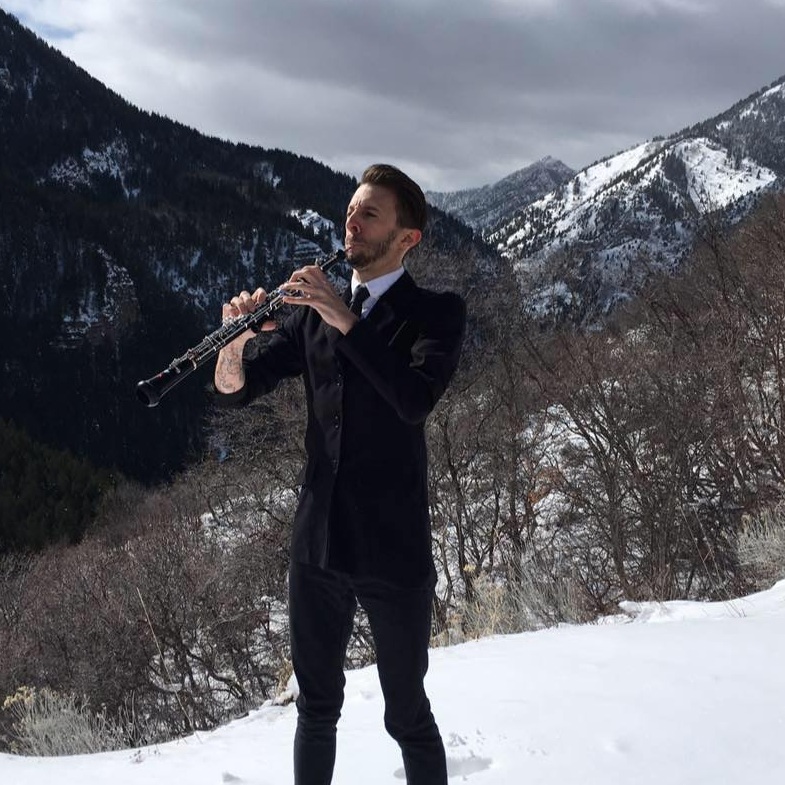
Luca de la Florin is an active freelance oboist in Salt Lake City, Utah and is on faculty with Utah Valley University and Snow College. Florin has performed with orchestras across the United States including the Utah, Detroit, Toledo, Battle Creek, Jackson, Dexter, and Kalamazoo Symphonies and holds principal positions with Salt Lake Sinfonia and the Timpanogos Symphony Orchestra. Florin has performed under the baton of many leading conductors including JoAnn Falletta, Courtney Lewis, Leonard Slatkin, Thierry Fischer, RossenMillanov, Hans Graf, Donato Cabrera and many more. In addition to orchestral playing, Florin is an active chamber musician and soloist. He has appeared as soloist with the Utah Philharmonia, Sewanee Festival Orchestra, Albion Symphony Orchestra, and the Timpanogos Symphony Orchestra. Florin has recorded multiple times with the Naxos and Bridge labels.
Florin is a sought-after teacher amassing a large private studio. As a skilled reed-maker, Florin teaches clinics on reed-making and cane preparation. His scientific approach to reed-making has been hailed as “life-changing” by oboists in his master classes. Florin sells professional oboe and english horn reeds. His reeds have been sold across the United States as well as to Australia, Europe, and South America. Florin received his Bachelor’s in Oboe Performance from Albion College, his Master’s in Oboe Performance from Western Michigan University, and will soon receive his Doctorate in Musical Arts, Oboe Performance from The University of Utah. His primary teachers have been Rebecca Van de Ven, Robert Stephenson, Gabriel Renteria, and Michael Miller.
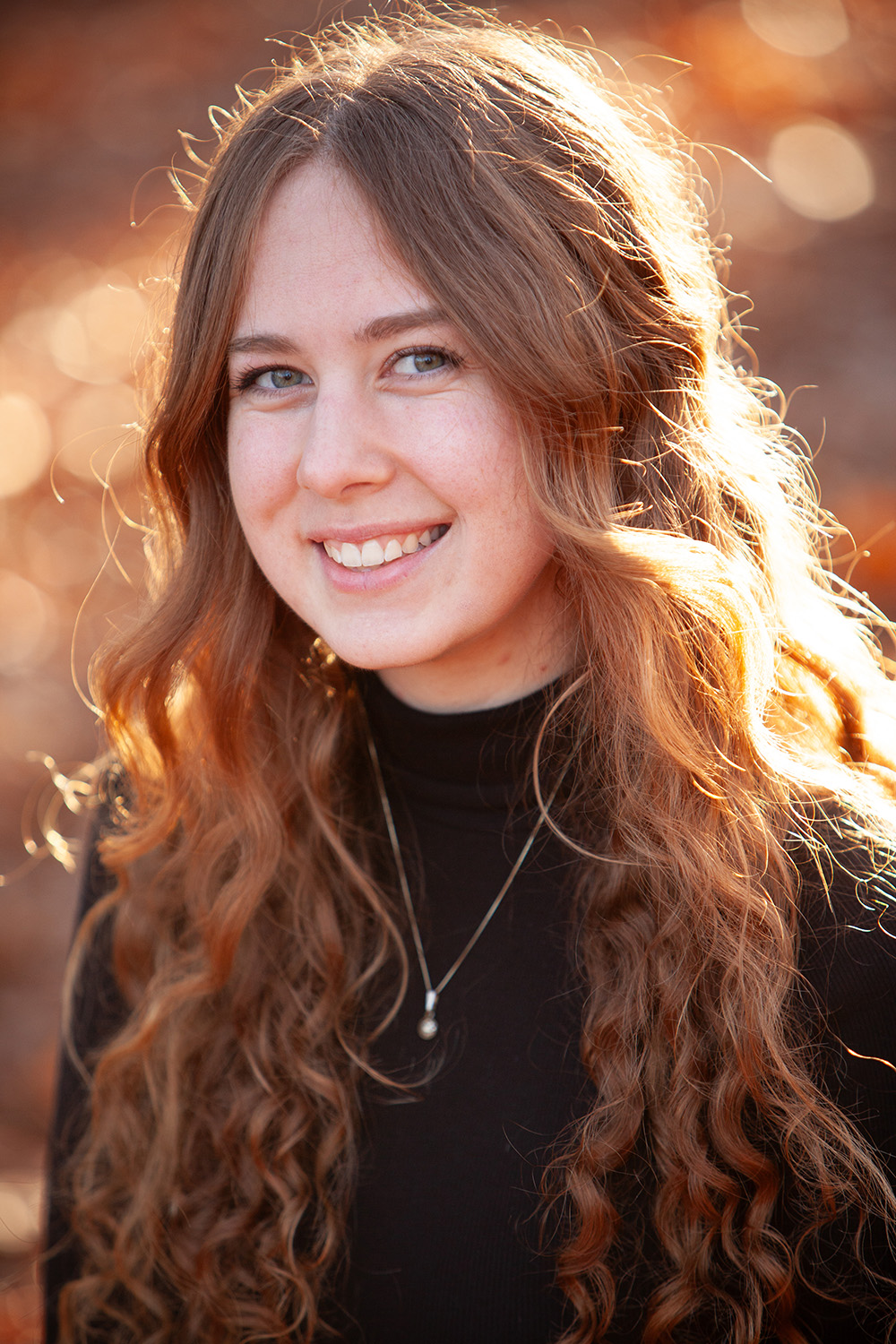
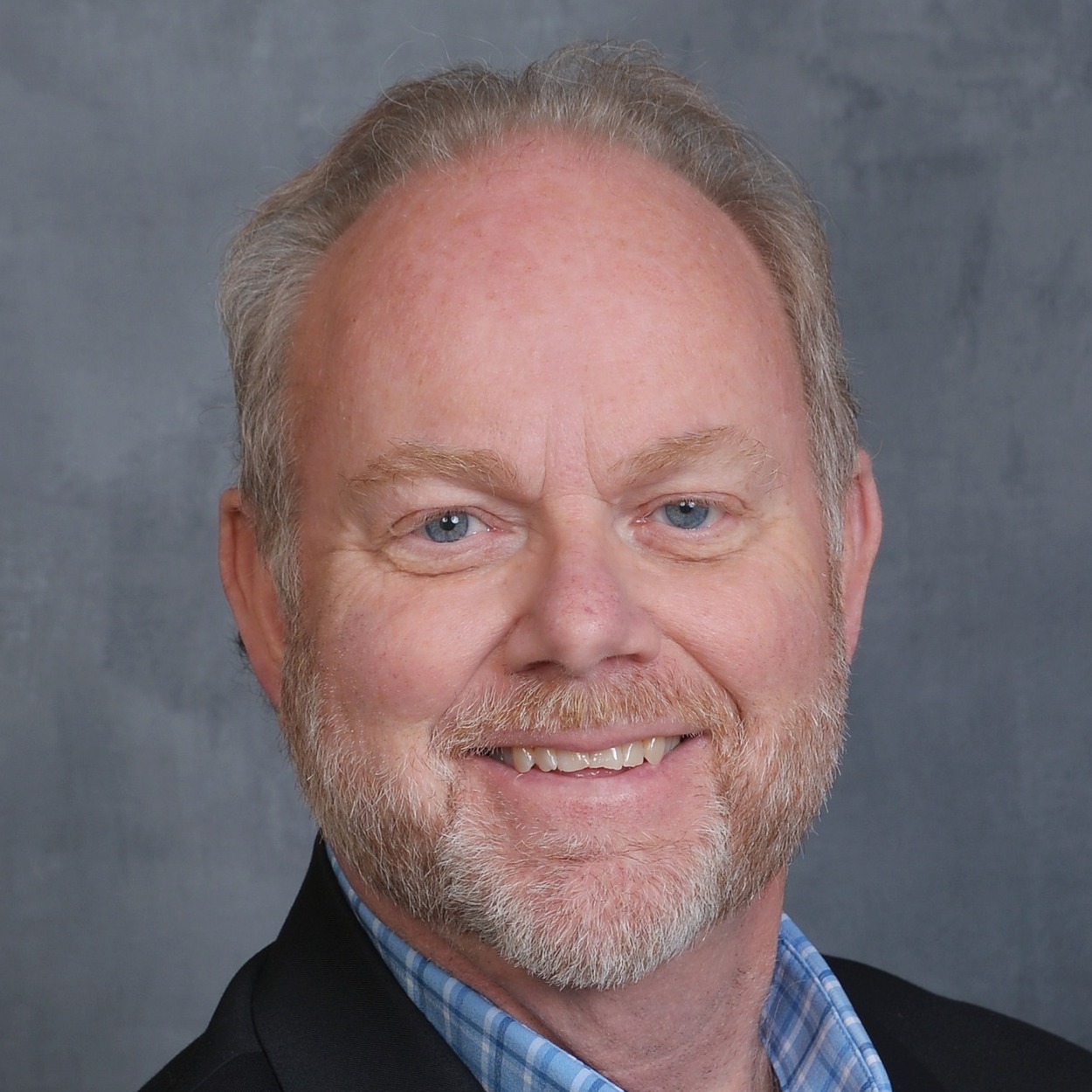
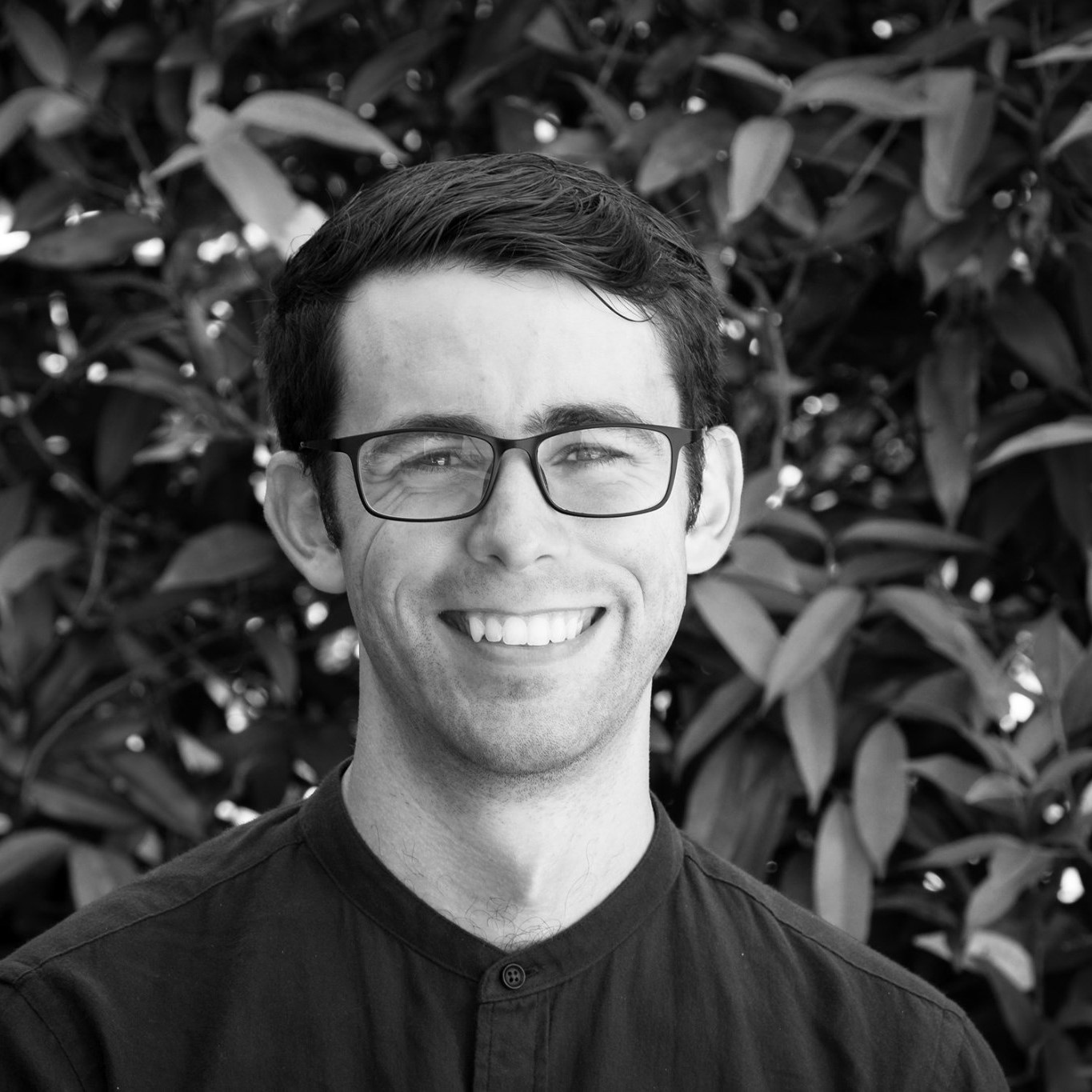
Chris Ramos is currently serving as Director of Bands at Utah Valley University in Orem, Utah. He conducts the UVU Wind Symphony and directs instrumental studies within the music education area. Prior to academia, Chris served as a band director at Dalat International School in Penang, Malaysia. He is also an active scholar working at the intersection of wind band studies, disability theory, and music education. He holds degrees from The Hartt School where he studied with Glen Adsit and Edward Cumming, the University of New Mexico where he studied with Eric Rombach-Kendall, and from Texas A&M University-Commerce where he studied with Phillip Clements, Luis Sanchez, and Mike Morrow. An avid supporter of new music, he has been part of several commissioning projects and has recorded with both the Naxos and Summit record labels. He is an active member in the College Band Directors National Association, Utah Music Educators Association, American Musicological Society, and National Association for Music Education.
More at his website: https://www.christopheraramos.com

Utah Valley University acknowledges that we gather on land sacred to all Indigenous people who came before us in this vast crossroads region. The University is committed to working in partnership—as enacted through education and community activities—with Utah’s Native Nations comprising: the San Juan Southern Paiute, Paiute Indian Tribe of Utah, Uintah & Ouray Reservation of the Northern Ute, Skull Valley Goshute, Confederated Tribes of the Goshute Reservation, Northwestern Band of Shoshone Nation, Hopi Tribe, Navajo Nation, Ute Mountain Ute-White Mesa Community, and urban Indian communities. We recognize these Native Nations and their continued connections with traditional homelands, mountains, rivers, and lakes as well as their sovereign relationships with state and federal governments. We honor their collective memory and continued physical and spiritual presence. We revere their resilience and example in preserving their connections to the Creator and to all their relations, now and in the future.
With this statement comes responsibility and accountability. We resolve to follow
up with actionable items to make the School of the Arts at UVU and The Noorda Center
for the Performing Arts an inclusive, equitable, and just space for all. There is
much work to be done, and we are committed to putting these words into practice.
Artwork by Shane Walking Eagle (Sisseton Dakota).


Our mission is to produce and present artistic excellence, which would not be possible without the generous support of our sponsors. We thank them and express our deep gratitude to all patrons, supporters, and friends of The Noorda.
The arts possess the unparalleled power to inspire, educate, liberate, and transform. They elevate moments, mark milestones, soften edges, and generate profound meaning. Experience the beauty and wonder of the arts with us this season at The Noorda and begin at once to live!
Courtney R. Davis, J.D., M.A.
Dean, School of the Arts

Department Chair
JEFFREY O'FLYNN
Associate Chair
MELISSA HEATH
Administrative Assistant
CHRIS GINES
Choirs
REED CRIDDLE
CHERILYN WORTHEN
Orchestra/Cello
CHEUNG CHAU
Violin
DONNA FAIRBANKS
Clarinet
JEFFREY O’FLYNN
Trumpet/Music Theory
RYAN NIELSEN
Percussion
SHANE JONES
Piano
HILARY DEMSKE
Jazz/Commercial
DAVID BAKER
Voice
MELISSA HEATH
ISAAC HURTADO
Commercial Music
CHARLIE HAN
TODD SORENSEN
Theory
BRYCE RYTTING
Musicology
ROSS HAGEN
Director of Bands
CHRIS RAMOS